What is a VIN?
If you’ve bought a car before, you’re undoubtedly familiar with what a VIN is and why it’s so important. If you’re very new to the car-buying process, maybe you’ve come across the term before, and you’re here now to find out what it’s all about.
To summarize, all vehicles sold in the United States of America must have a unique identification code known as a VIN. VIN is the abbreviation of “Vehicle Identification Number,” which consists of a 17-character length code that can be a mixture of numbers and letters. A VIN is assigned to each individual vehicle produced by any automobile manufacturer using a standardized classification system. You can think of VINs as social security numbers for cars.
Here’s a little fun fact: VINs have been around since 1954, although at the time, no one thought to adopt a standard format, so manufacturers used a wide variety of formats. This changed in 1981 when the National Highway Traffic Safety Administration (NHTSA) mandated the standard 17-character VIN sequence that is used today.
If you’ve stumbled across any mentions of a squish VIN, it’s basically a shortened version of a VIN consisting of the first 11 characters of the VIN sequence. You’ll learn more about the structure of a VIN in the later sections of this article.
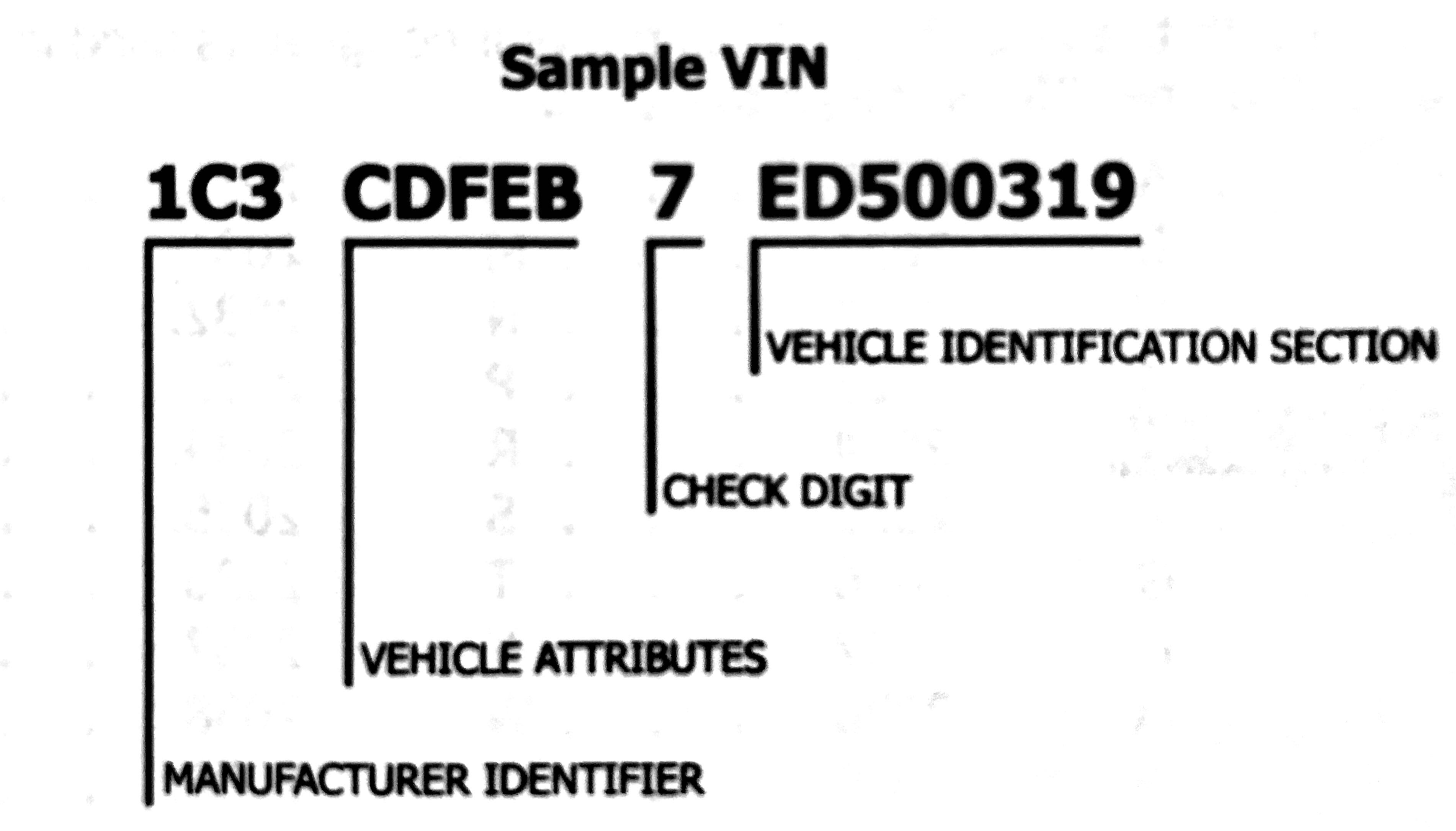
Where to Find the VIN
The VIN can be found in several areas throughout the vehicle. Some of the probable locations include:
- The lower left corner of the dashboard, just in front of the steering wheel. This is a common area where the VIN is found.
- The front area of the engine block. Simply open the hood, and you will see it etched in front of the engine.
- Directly above the rear wheel.
- Within the driver-side doorjamb, usually underneath the side view mirror.
- At the driver-side doorpost, parallel to where the door latches.
- Underneath the spare tire.
VINs are also found in legal documents, such as the insurance card or policy, in the operations manual, on the vehicle title and registration card/certificate, and in body shop records, just to name a few. You can find detailed guides on locating your VIN based on your vehicle type here.
Locate Your Car VIN Number
VIN is an important piece of information you need to have. But where do you find it on your car? This guide is aimed to show you the different locations you can find the VIN of your Car
Learn MoreLocate Your Motorcycle VIN Number
Every motorcycle manufacturer display the VIN on different locations. The vast majority of motorcycles we came across display the VIN and frame number on the right side of the head stock tube.
Learn More
Making Sense of A VIN
Having a VIN in your hand is one thing, but knowing what the VIN represents is another. The 17 characters of a VIN are not simply strung together from a random selection of numbers and letters, after all. You’ll need to use a VIN decoder to make sense of the VIN.
VIN decoding is relatively straightforward. The standardized format the VIN abides by includes various information that can identify various characteristics of the car in question. This includes the car’s manufacturer, the year it was built, the model, and more. Additionally, any data stored in the VIN is continuously updated throughout the car’s lifespan. It keeps track of service records, odometer readings, and other valuable data.
Let’s cover the exact structure of a VIN.
- The first three characters represent the world manufacturer identifier (WMI) code. It contains information on the car’s country of origin, as well as its manufacturer.
- The fourth through eighth characters are the vehicle descriptor. They provide information on the car’s model, the engine type, and more. The ninth character is used as a check digit. The check digit is used to verify the validity of a VIN and screen invalid ones.
- The tenth through seventeenth characters is the vehicle identifier section. These detail the year the car was built, which production plant built it, and the vehicle’s serial or production number.
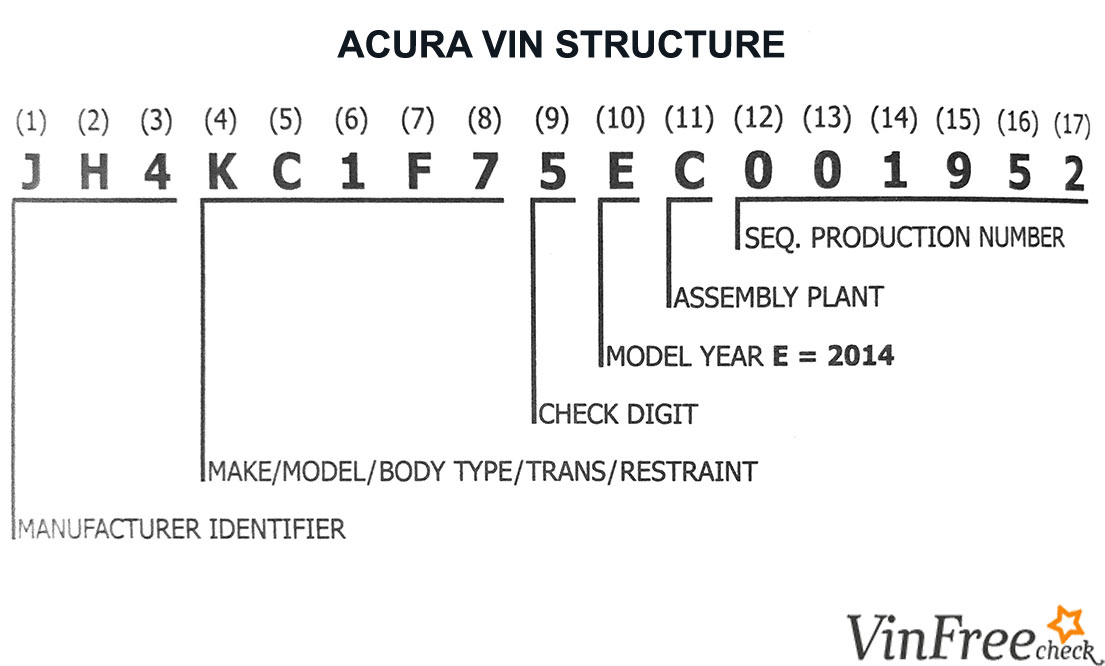
Note that VINs don’t incorporate the letters O, I, and Q; this is to avoid confusion with the numbers 0, 1, and 9, respectively.
Also, if you stumble on an 11-character length VIN, that’s known as a squish VIN. Essentially, it’s a shortened version of a VIN that omits the check digit and car’s serial number (from the twelfth to seventeenth character).
Let’s get into further detail with the structure of the VIN.
World Manufacturer Identifier (WMI)
The first three characters of the WMI identify the vehicle manufacturer in question. Specifically, the first character represents the vehicle’s country of origin. The first character represents the country of origin; for example, J represents Japan. However, in some cases, a combination of the first and second characters will represent the country of origin; for example, KL represents South Korea.
If the second character isn’t used as part of the country identifier, the second character will represent the car’s manufacturer. The third character represents the vehicle category, whether it might be a passenger car or some other vehicle. Alternatively, it may be used as an identifier for a division within the automaker.
For example, take the following WMI: 1G1. The first ‘1’ represents the United States. The second character, G, represents the automaker, Chevrolet. Finally, the third character represents Chevrolet-made passenger cars.
Vehicle Descriptor
This section uniquely identifies the attributes of the vehicle. Some of the information you’ll find include (but aren’t limited to):
- The vehicle model.
- The body type.
- The transmission type.
- The type of engine.
- The restraint system used.
The check digit is also located in this section. As mentioned, the check digit is used to screen for invalid VINs. The character used for the check digit isn’t actually fixed; it’s based on a complicated math formula developed by the U.S. Department of Transportation. Depending on that calculation, you’ll be able to tell if the VIN is valid or not.
The NHTSA website provides a check digit calculator that anyone can use.
Vehicle Identifier
The final section comprises the tenth to seventeenth characters. The tenth character is the car’s model year. Besides the omission of the letters O, I, and Q, the letters U and Z and the number 0 are not used to represent the model year.
The eleventh character represents the manufacturing plant where the car was built. Each automaker will have its own specific plant codes. Finally, the last sequence of characters (positions twelve to seventeen) represents the car’s serial number.
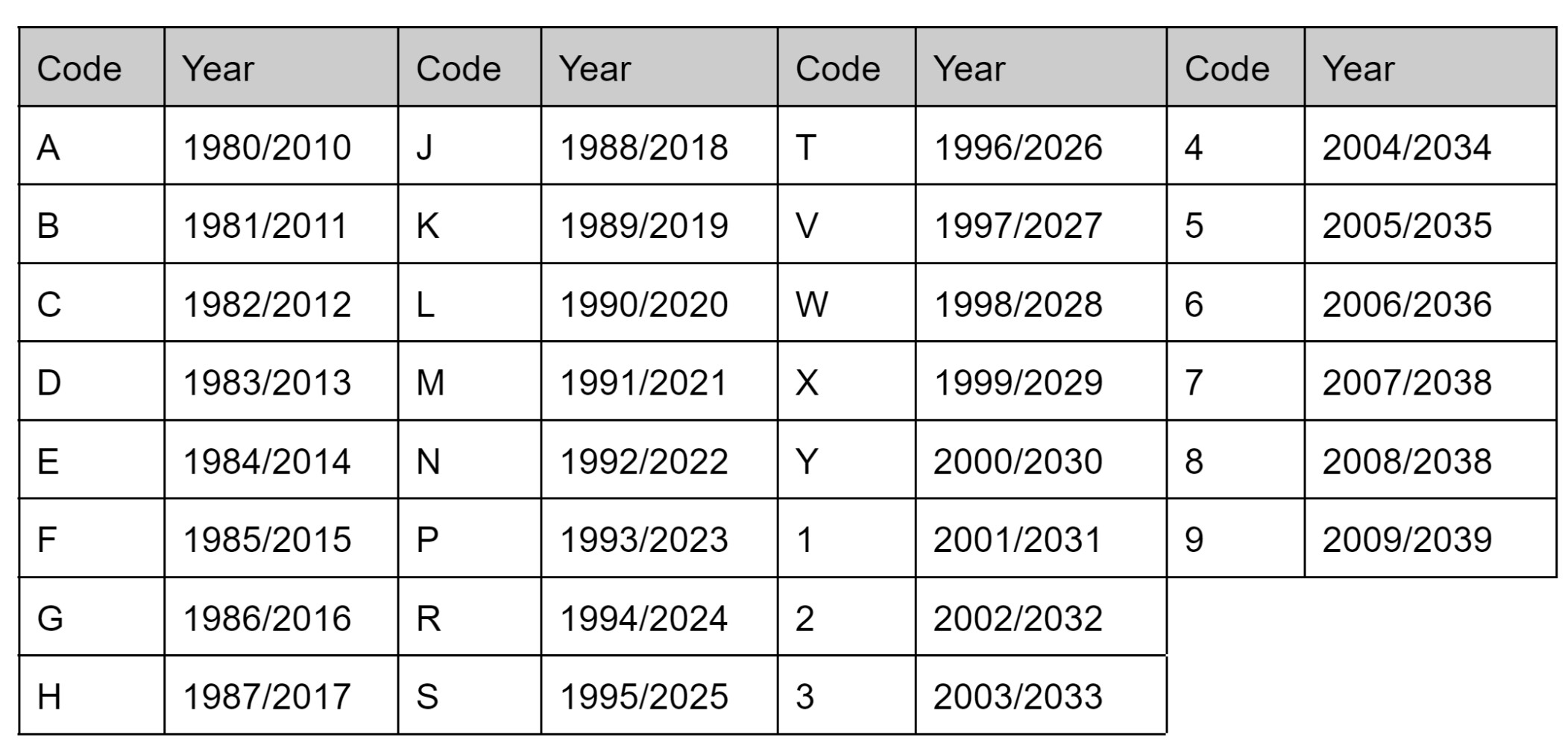
Taking all this into consideration, if you run the following VIN, 5J8TC2H67KL005210, through our VIN decoder, some of the information you’d get includes:
- Automaker: Acura
- Model: RDX
- Vehicle Type: MPV
- Model Year: 2019
- Model Trim: Super Handling AWD A-SPEC
- Plant Location: East Liberty, Ohio
These are just a few specifications you’ll get from successfully decoding a VIN.
Is a VIN Important?
Simply put, a VIN operates similarly to your social security number in that it represents a unique set of characters that point to a specific vehicle, including all attributes of its performance and usage history. As such, no two VIN numbers are alike.
The major benefits of knowing a VIN and getting it checked or decoded mainly concern protecting yourself from the possibility of scams. For one, you can use a VIN to check a vehicle’s history report before you make a purchase. This way, you’ll be able to get valuable information about the car you’re considering, as well as determine if there might be anything fishy about it that the dealer didn’t reveal to you.
Conducting a VIN check ensures that you’re well-protected from possible fraudulent attempts to sell you a lemon (basically a car with various manufacturing problems), a stolen vehicle, or a salvaged car, among other things.
Other uses of the VIN include:
- Allowing law enforcement agencies to locate a stolen vehicle or parts.
- Ensuring that the Department of Motor Vehicles can track car ownership.
- Making sure you are getting the right vehicle parts and services.
- Learning of any manufacturer’s recall for that particular model.
- Preventing car insurance fraud.

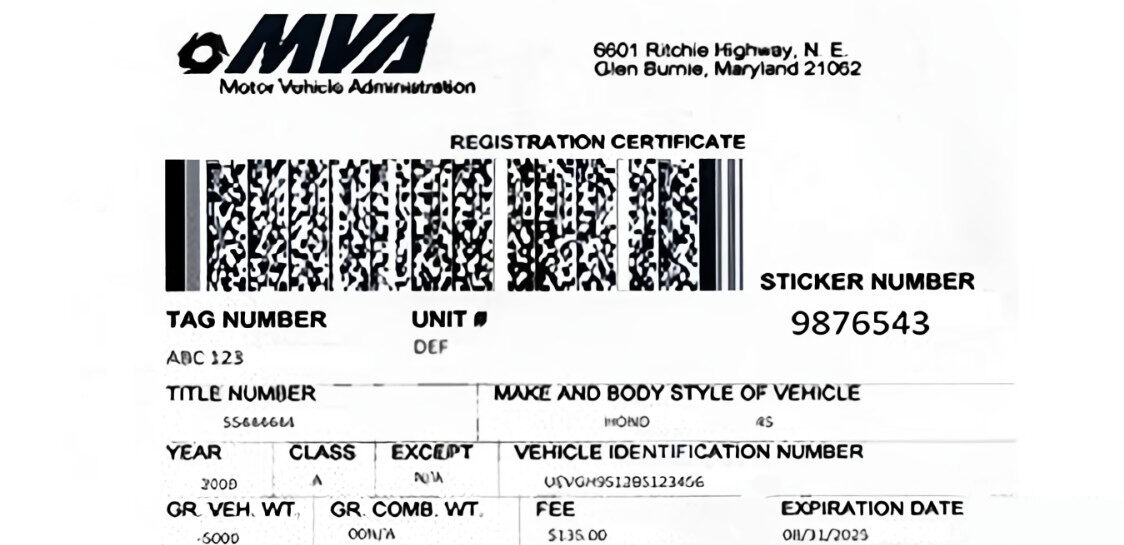

Stolen VINs
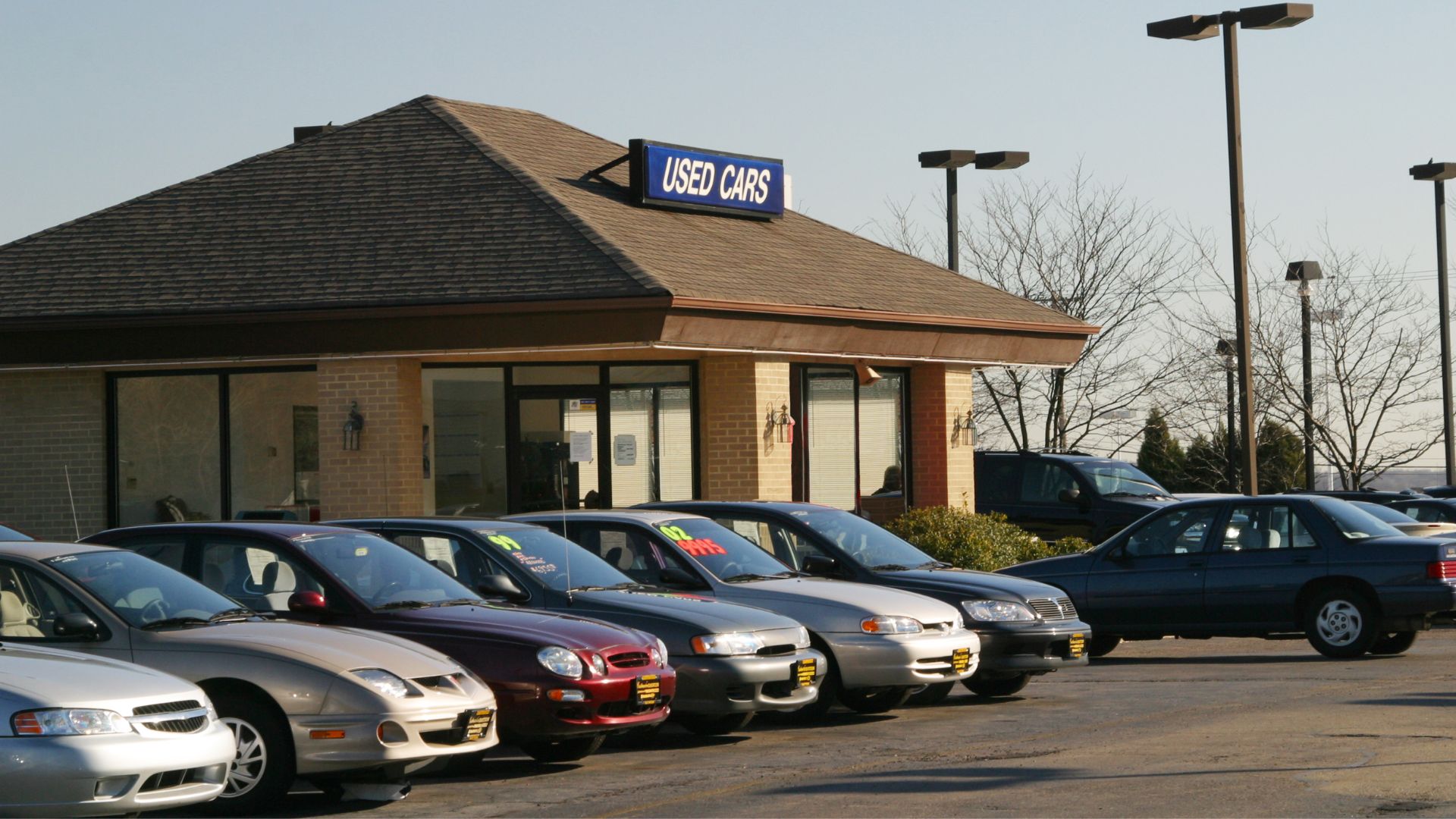
Identifying a stolen car is one thing, but what if a VIN was stolen? You might think that’s impossible, but it’s actually simple. A fraudster will duplicate the VIN of a used (or new) car in excellent condition, then use that VIN and “register” it to another car, which could be a lemon, a salvaged car, or even no car at all. VIN thefts generally involve more of the paperwork side of things than involving any actual physical cars.
The danger here is that a person possessing a vehicle’s VIN can have duplicates made of its keys and register multiple vehicles with the exact VIN. Some VIN thieves might acquire VINs at the point of import; they go to a port, check out vehicle dashboards they can access, and then write them down somewhere.
Another potential danger is when a VIN is duplicated and used for chattel mortgage purposes. This is especially worrisome if the cars are of the same makes and models. The VIN thief may create a lien over his car using your VIN, and when a foreclosure against the VIN thief happens, it’s the car’s actual owner who gets into trouble.
This is just one example of VIN fraud that occurs every day. Protecting yourself from such scams becomes a very important part of your car-buying experience.
Is This Even Legal?
It absolutely is. All dealers are obligated to share the VIN of a car you’re considering so that you may run a history check on it as part of precautionary measures. They’re also allowed to give you a free history report of the vehicle that they’ve obtained from trusted sources to convince potential buyers that their business and business practices are legitimate. If a seller refuses to share the VIN with you, then it’s quite likely that there are red flags all over the deal.
In fact, decoding a VIN is a reasonably simple process. All you need to do is head over to our decoder, key in the VIN, and click the big “Decode Now” button; you’ll then be able to review all the information you need about the vehicle whose VIN you’ve just decoded. The best part is that the decoder is free to use!
You can also use our license plate checker instead if you don’t have the car’s VIN in hand. The license plate report will also provide you with the VIN.
